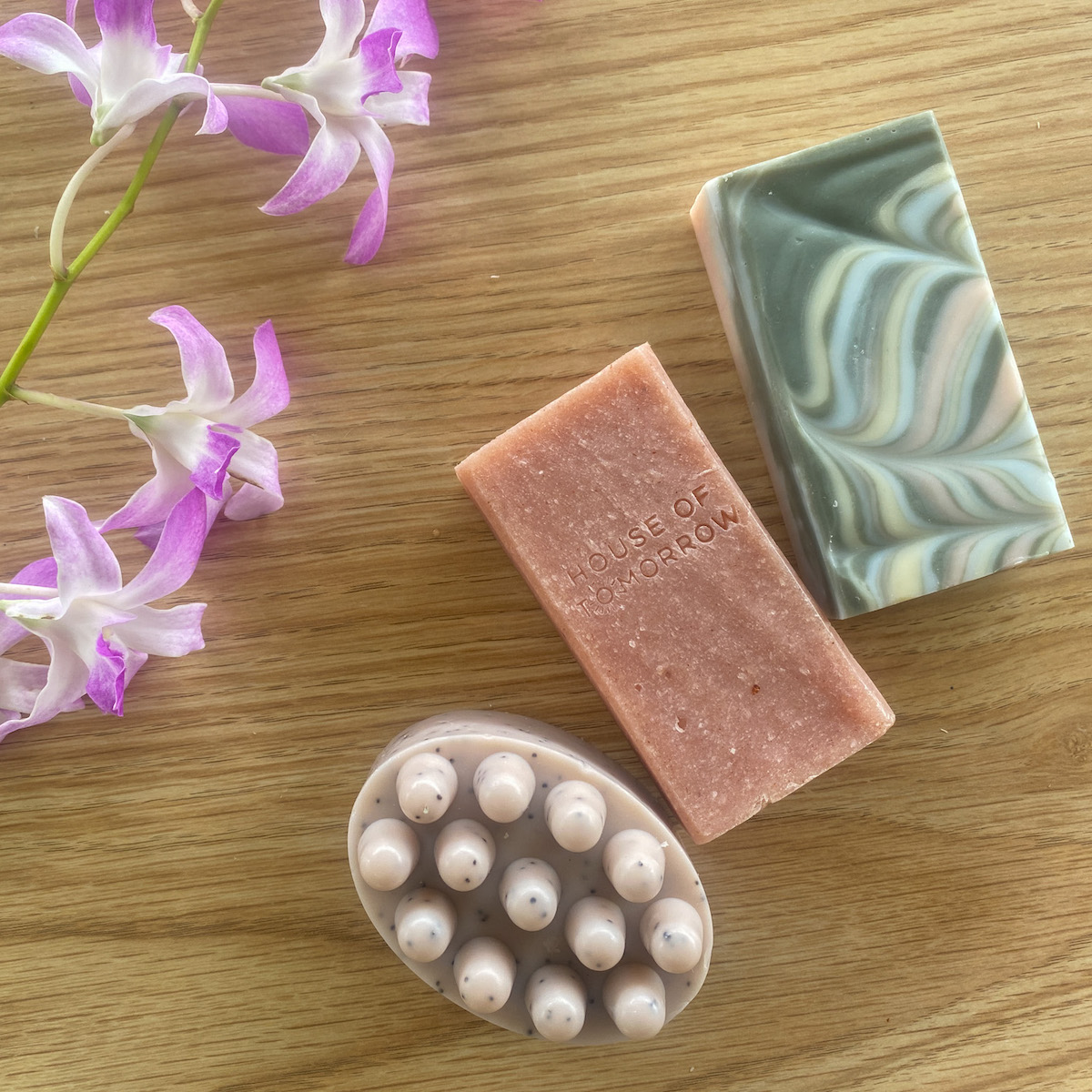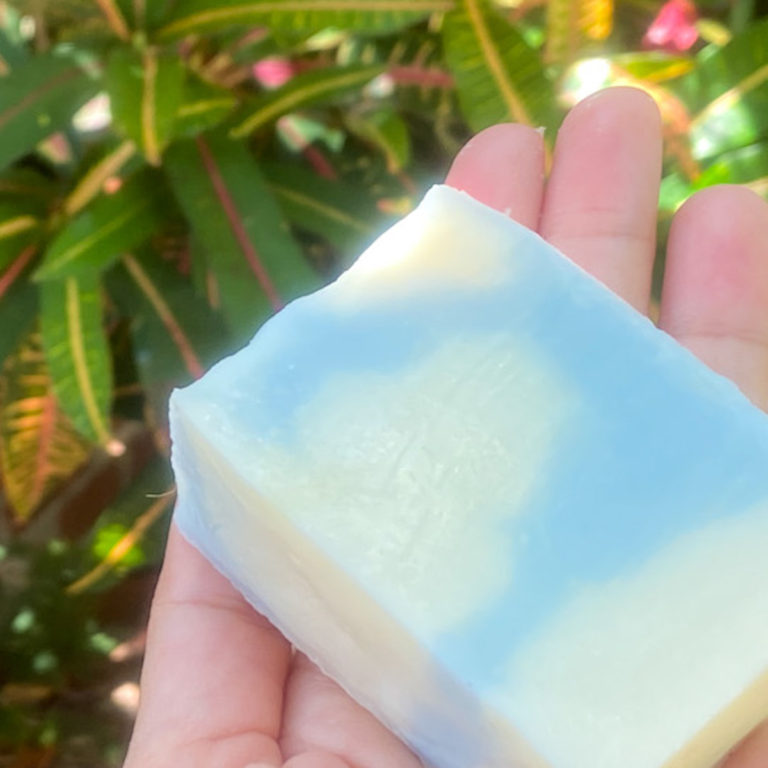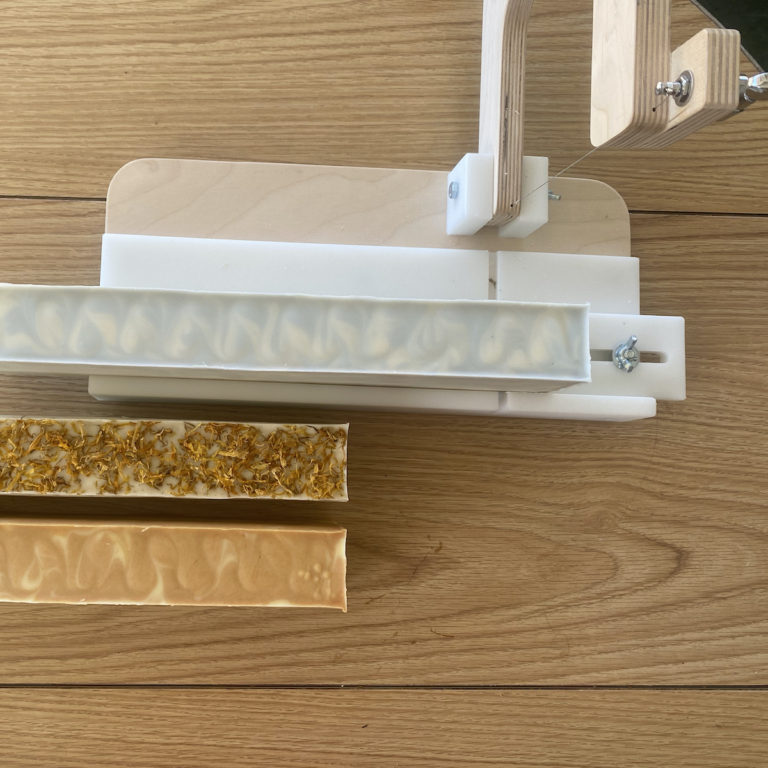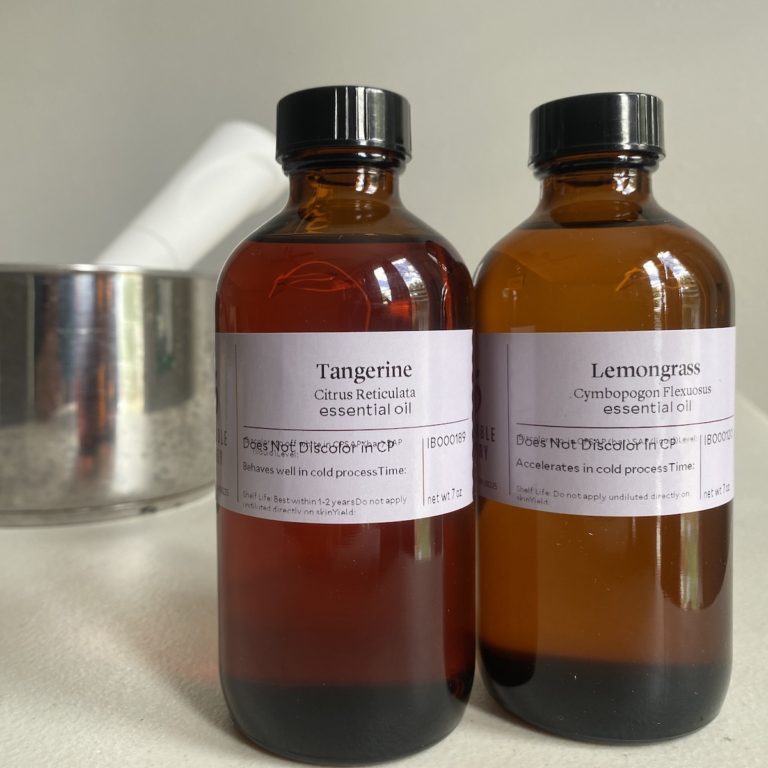How To Get Soap To Cure Quicker
Waiting for soap to cure. Ugh. It’s like waiting for paint to dry but even more painfully slow. I’m sure every single soapmaker out there has wondered how to get soap to cure quicker at least once, if not a million times.

First, Let’s Make Sure We’re Speaking the Same Soap Curing Language
Based on some research I did, I can tell some are using the terms saponify and cure interchangeably. Saponification and curing are different and its important that we understand how so.
Saponification is the interaction between fats and alkalis that create soap. This happens quicker than a full cure. And in hot process soap, its typical for saponification to take just 1/2 hr. In cold process soap its more typical that saponification takes 1-3 days.
Curing is when excess water evaporates from the bar and when the soap forms its crystalline structure. This all helps your soap harden and last longer. Without curing, during use, your soap would melt away quickly and leave you disappointed. A good cure also makes soap gentler on the skin and creates a better lather.
One of the reasons I can tell that there’s confusion among the two terms is because sometimes I’ll see people saying that making hot process soap means you don’t need to cure it. This assumes that just because hot process soap has fully saponified by the time you pour it into the mold, that means its cured. It’s not.
If we’re being really, really technical, you don’t NEED to cure hot process soap, but by that logic you don’t NEED to cure cold process soap either.
Whether you’re making hot process or cold process soap, you absolutely should cure it. It’s what makes your bar GOOD. No matter how awesome your recipe and ingredients are, failing to cure a bar of soap will result in a shitty bar of soap.
Note that liquid soaps and melt and pour soaps do not need to be cured.
How To Get Handmade Soap To Cure More Quickly
So now that we’ve established that, let’s consider some techniques that could get your bar of cold or hot processed soap to cure quicker.
- Run a dehumidifier or air conditioning. Obviously this will use up some resources (electricity and money) so maybe this is only something you want to do during periods of high humidity, or if you’re trying to turn this into a high-production business.
- Keep some Damp Rid or zeolite rocks as close as possible to your curing rack. These will help to pull moisture from the air, and the dryer air can help to pull moisture from your soap.
- Maximize air circulation. Air circulating over your soap helps to maximize the evaporation rate.
You can by keep track of the progress here by periodically weighing a test soap bar (use the same bar each time you weigh it, maybe every few days) and logging it. Once your soap stops losing weight you can assume its lost as much excess water as its going to and that your soap is cured enough to use. I’ve heard of soap actually gaining weight in rainy weather, so the drier and better circulated the air, the better.
If you don’t want to bother with weighing your soaps, you could just choose a set amount of time to cure your soap based on what many others have found works for them. This is most typically 4-6 weeks. Some go with a shorter amount of time like 2 or 3 weeks. It could cure even longer than 6 weeks (which will probably result in a better soap), but most of us don’t have the patience for that.
Here’s a great article featuring an experiment where the maker, Amber Beltran, uses her handmade soap at different points into the curing process (1 day in, 5 days in, etc. and ending at 30 days). She shares awesome, detailed observations about the lather and the feel at each point. Naturally, the longer the cure, the better the results.
And what about putting soap into a food dehydrator? Seems like a good way to speed things up, right? NO. Don’t do it, don’t do it, don’t do it. You may assume that this is the best way to keep air dry and circulating, but it can really mess soap up, making it mushy and warped. Plus it doesn’t necessarily mean the crystalization of your soap is achieved any sooner just because you pulled out the moisture as quickly as possible. This is an example of how rushing a process that can’t be rushed is a fruitless exercise.
As you probably noticed, there are simple steps you can take to get your soap to cure quicker, but there is no magic pill for an instant or super-quick cure. Like many things in life, you have to wait much longer than you want to. Patience, my friend.






